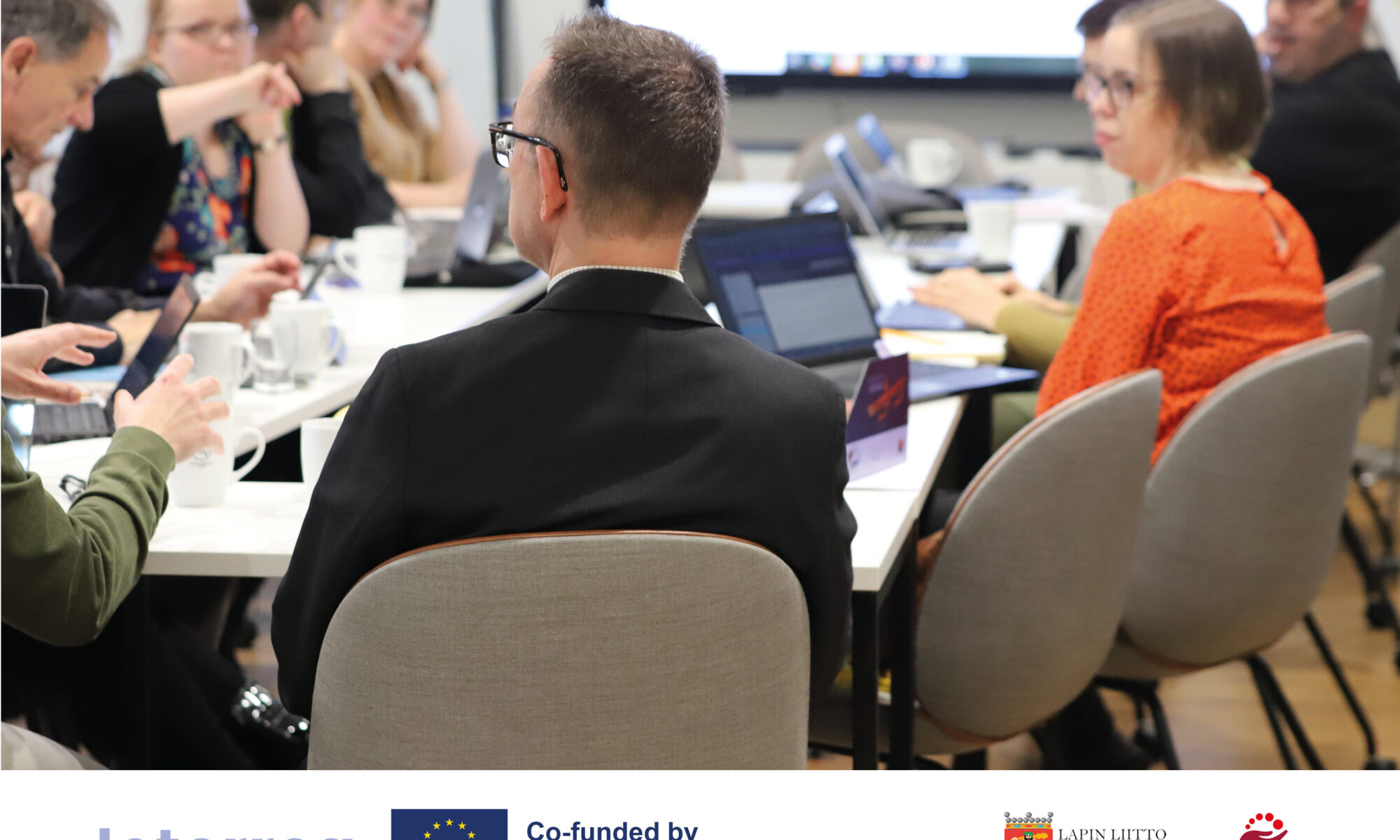Kati Hyvönen
Sara Kåll-Fröjdö
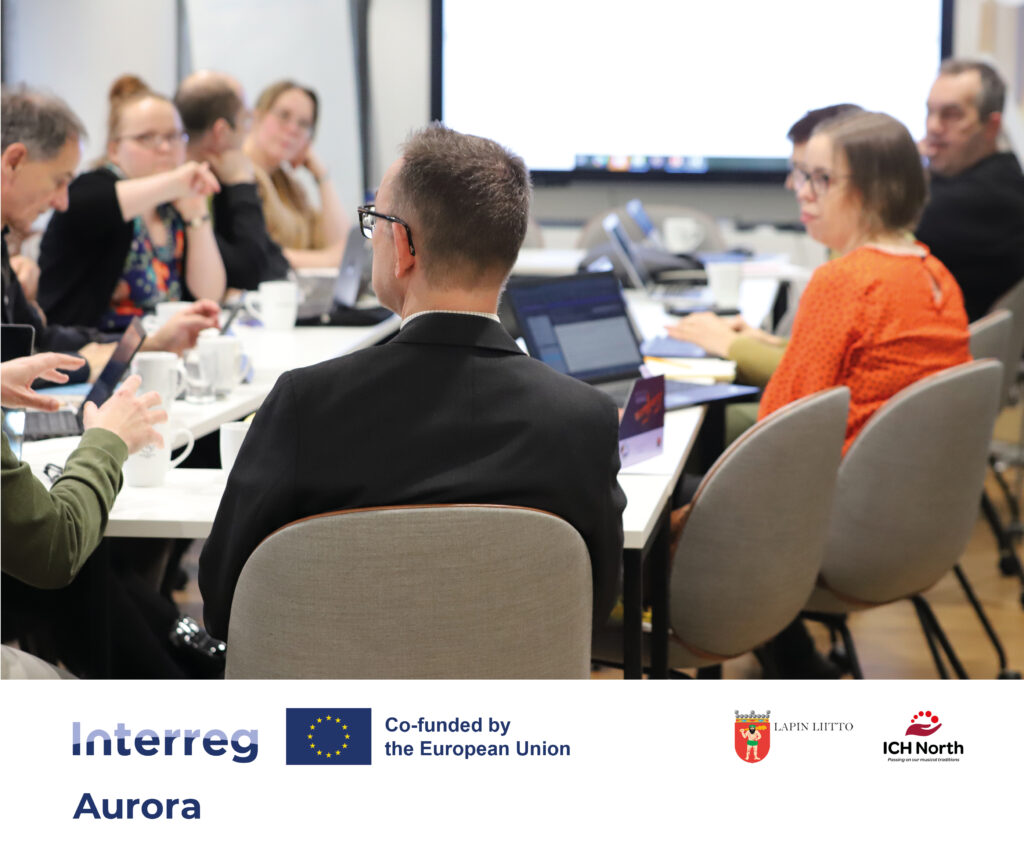
Language affects thinking, and thinking affects language. How do international projects and development work across language barriers? Are we sure that we are working on the same thing?
Language is a way of thinking?
In 1976, the Norwegian-Finnish linguist and psychologist Frode J. Strømnes made an interesting observation. On his evening walks, Strømnes noticed the blue TV light in Norwegians’ windows always going out at the same time on certain nights. He realized that there were always Finnish plays on the television at that time, and that the Norwegians, despite the subtitles, could understand almost nothing about them. One Finnish play was criticized in a Norwegian newspaper as “Another slow mess from the East”. Strømnes assembled a research team to study film adaptations of classic plays, newspaper headlines and sports descriptions and analyze how they differ in different Nordic countries. (Viitaniemi & Heikura 2015.)
The researchers noticed that Finns were focusing on close-ups and the relationships between characters. Speakers of Scandinavian languages focused on movement, direction and the passage of time. Finnish headlines contained more nouns, Swedish headlines more verbs. While Swedish ice hockey commentators told the viewers where the puck was, Finnish commentators focused on the position of the players in relation to each other. Strømnes concluded that the figurative language used was related to linguistic expression, meaning that speakers of different languages would have different impressions of the same thing. He argued that language controls the way we see the world, and linked differences in expression to differences in language structure. (Viitaniemi & Heikura 2015.)
Various theories have since emerged about the relationship between language and thought, not all of which acknowledge the connection as described by Strømnes. Language is seen as a tool for making thoughts more concrete and, as a tool to pass on your thoughts to others. On the other hand, thoughts are dependent on language to actualize them. Words help you to think and language is a system of using words to communicate your thinking. (Gaidenko 2015.)
Our language gives us a structure and limits within we work with until we switch to another language. “The language of our culture contains a heritage and a past that is embedded in the language.” Languages set a cultural and historical background to our communication today. (Van der Veer 1996.)
The Sami parliament in Sweden points out that languages are part of the world’s cultural diversity. Languages carry their people’s history, customs, traditions, and unique ways of thinking. Languages are carriers of cultural heritage and reflect the common spirit and values of people. Languages transmit knowledge about nature and the world. Sami expressions often associate to nature and nomadic life, while Swedish expressions, for example, often have their origins in rural society. The Sami parliament also points out that language is an asset to the speakers themselves, not only as a means of communication, but because language defines one’s identity. (Enoksson 2023.)
Languages are formed during long periods of time and also carry the experience of past generations. Shared language gives a shared sense of belonging and stores human thinking of a nation rather than individuals. (Gaidenko 2015.)
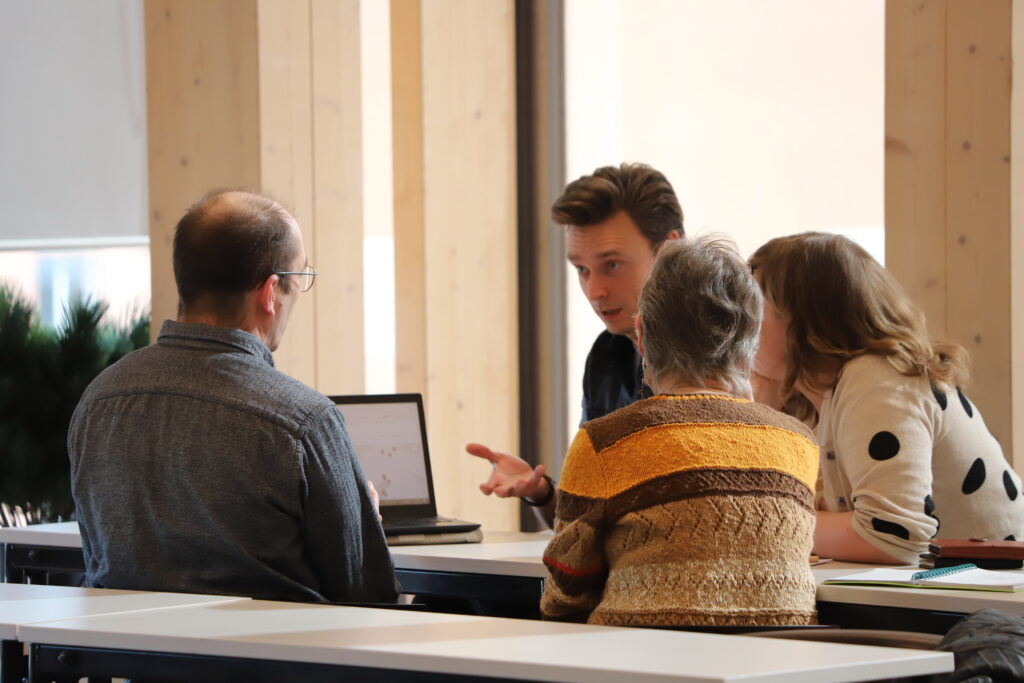
English as a lingua franca
A lingua franca means a bridge language or a link language, a language that is used for communicating between individuals or groups of people that doesn’t share a common language and their languages are so different from each other that they cannot understand each other if everyone speaks their native language or dialect. English is usually the go to language in cross-border projects.
English has no official status in Finland, but when you look at the Finnish linguistic landscape, English is not a foreign language. The position of the English language in the world challenges the thinking about what constitutes “a foreign language”. Since most English speakers, globally seen, are non-native speakers, an important part of language competence is learning to understand the foreign English of different groups of speakers. (Lintunen 2022.)
Language is a means of communication – getting the message across as intended is the most important thing, getting the grammar correct is secondary. The more different things you can express, the better your language skills will be. The correctness of the language is not the most important thing. The speakers tend to borrow words from other languages, if necessary, provided the message gets across. (Lintunen 2022.)
Young people also tend to use English. Around 2000 young people from the Nordic countries were asked by the Nordic Council of Ministers in 2021 about their use of languages. English was easy to understand for most, over half of the youngsters even reported English being better for expressing themselves than their native language. In social media almost all use their own language and over half also English. The choice of language seems to depend mainly on the result: the posts need to be understood by as many others as possible – culture and identity come second to the reachability. Almost all youngsters had enjoyed culture in English in the preceding two months, while just under half had consumed cultural products in a Nordic language other than their own. (Nordic Council of Ministers 2021.)
When pondering open science and interaction between science and society, there are reasons that research should be communicated and used in different languages. According to the European University Association (2019), ”multilingualism is particularly important for Europe, as its research is characterized by geographical, cultural and linguistic diversity”. The impact of research can be global, but it is always local in societies and communities, where different languages are spoken and written. The application of research knowledge requires critical debate and dialogue between the scientific community and the various actors in society. Both international and local research is needed, and they should be communicated in languages and in ways that are appropriate for different audiences. In the social sciences and humanities in particular, an important part of research concerns the specificities of different societies, cultures and languages. This creates a need for original research, published in the main languages of the researchers and citizens affected by the research. (Pölönen 2023.)
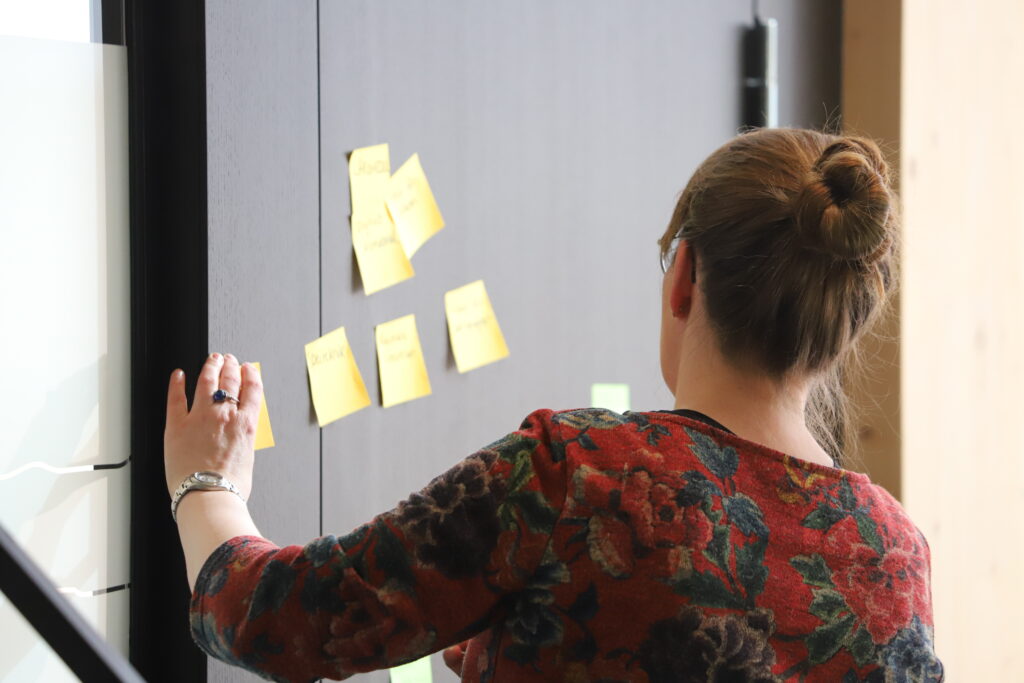
On cross-border projects and the use of languages
There are several important questions to be kept in mind while working with cross-border projects, including the external and internal communication of the projects as well as the dissemination of the results. Do we understand the terms related to running the project in the same way? Do we understand the terms related to the topic of the project in the same way? After translating the terms to our different languages via English, how do we know we are still talking about the same things? Should the communication be in several languages, or in English, which might not be the mother tongue of anybody in the group?
English might make a project sounding elitist, distant and bureaucratic, but communicating everything every time in several different languages makes things slow, clumsy and costly. Is there a way of avoiding having to choose between only English and all languages of a certain region?
There might not be an easy answer to this question, only a way of “making the best of a bad job”, borrowing a term used in Behavioral Ecology. Using English seems to be unavoidable at times. It is good to keep in mind, however, to communicate and disseminate project content and activities in different languages always when possible. An English translation can be provided when needed. Using minority languages helps the process of using small languages in all arenas, not just in homes. This makes them develop and keeps them as languages actively used in society. If using public funding, you could argue for ethical reasons to communicate and disseminate results in different languages.
When communicating internally, it is wise to keep in mind that not only languages might differ from each other, but also ways of thinking. It is good to facilitate discussions on the different themes of the project, especially on terminology and how different phenomena are being perceived. Generally speaking, you could say that an overall goal in any cross-border project is a genuine wish to understand each other and get the message across to each other, regardless of the languages or mix of languages used.
In Interreg Aurora project ICH North we communicate in English despite it being nobody’s mother tongue. English helps us to cooperate smoothly – but is it enough? Counting how many languages are used in the Aurora area we got up to 14 languages. Not to mention all those that have no official status but are used at the homes of many families with different backgrounds. With cultural heritage as our project topic in ICH North we are very sensitive to the importance of one’s own language as a tool of passing on the heritage and traditions. This is why we have made a language plan, and this is why we still talk about the issue regularly. We have agreed to keep the project meetings and publish all materials in English, as it is indeed the lingua franca here, but we have also agreed to use the languages of our target groups as much as we can. After English our newsletter posts can have translation on any Aurora area language. Or local workshops are held in local languages as far as any of us knows them, and the end results are translated into English. We have unofficial online meetings where anyone can use their own language and we all keep interpreting and asking and learning.
To be on the safe side we talk about the language issues all the time: If we translate this, how will we justify it was done? I made this material, but who else needs it? If I don’t translate, am I making presumptions of who might and who might not be interested? Does anyone know anyone that could check this in Kven? Did you know AI doesn’t know Finnish Roma language at all? When we express our ideas from Finland to Norway, is it still “slow mess from the East”? A simple question of “How did you understand this?” might take some more time but checking out whether we all have the same understanding might save us from a bigger mess later in the project. Language issues are interesting, sensitive, essential and can be sorted out by talking a lot.
The ICH North project is funded by the European Union’s Interreg Aurora program and Regional Council of Lapland. More about the project: https://net.centria.fi/hanke/ich-north/ and https://www.interregaurora.eu/approved-projects/ich-north-passing-on-our-musical-heritage/.

Photos: Sara Kåll-Fröjdö
References
Enoksson, M. 2023. Vad finns i ett språk? Available at: https://www.sametinget.se/127496. Accessed 15.11.2023.
European University Association. 2019. Multilingualism in scholarly communication: Endorsement of Helsinki Initiative. Available at: https://eua.eu/resources/news/341-multilingualism-in-scholarly-communication-endorsement-of-helsinki-initiative.html Accessed 27.9.2023
Gaidenko, O. 2015. Language and thought. Advanced Education (3), 33–38. Available at: https://doi.org/10.20535/2410-8286.43887. Accessed 27.9.2023.
Lintunen, P. 2022. Sujuvaa englannin oppimista 2020-luvulla. Turun yliopiston luento.
Available at: https://www.youtube.com/watch?v=DGdaPmmCsCc. Accessed 27.9.2023.
Nordic Council of Ministers. 2021. Does the Nordic language community exist? Analysis No 01/2021.Available at:
https://pub.norden.org/nord2021-004/#53544. Accessed 3.7.2023.
Pölönen, J. 2022. Kansainvälisinkin tiede vaikuttaa paikallisesti ja monikielisesti. Tieteessä tapahtuu, 3/2022. Available at: https://www.tieteessatapahtuu.fi/numerot/2-2022/kansainvalisinkin-tiede-vaikuttaa-paikallisesti-ja-monikielisesti. Accessed 27.9.2023.
Van der Veer, R. 1996. The Concept of Culture in Vygotsky’s Thinking. Culture & Psychology (2) 247-263. Available at: https://openaccess.leidenuniv.nl/bitstream/handle/1887/10285/7703112.pdf?sequence=1. Accessed 27.9.2023.
Viitaniemi, T. & Heikura, P. 2015. Miten kieli liittyy ajatteluun? Uraauurtava tutkimus odottaa jatkajaansa. Available at: https://yle.fi/aihe/artikkeli/2015/11/20/miten-kieli-liittyy-ajatteluun-uraauurtava-tutkimus-odottaa-jatkajaansa. Accessed 27.9.2023.
Kati Hyvönen
RDI-expert
Centria University of Applied Sciences
Tel. 050 575 1608
Sara Kåll-Fröjdö
RDI-expert
Centria University of Applied Sciences
Tel. 040 487 9634

